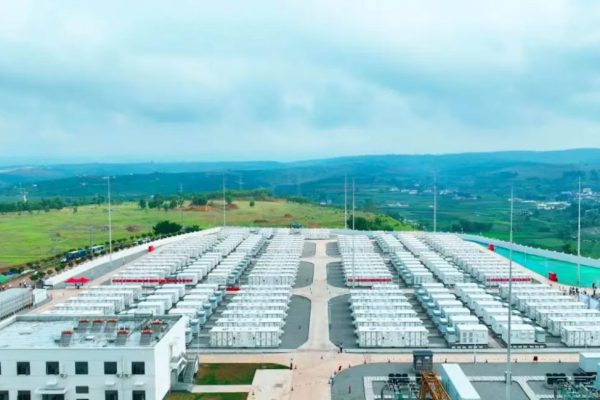Practical Communication Tips for Sourcing and Negotiating PV + Storage Inverters
1. Why Non-Engineers Struggle with Inverter Conversations
If you’re in sales, procurement, or business development for solar + storage systems, you’ve probably faced this challenge:
You contact an inverter manufacturer, they respond with datasheets full of technical terms, and you’re unsure which details matter for your project.
The good news? You don’t need to be an electrical engineer to have productive, technical conversations with inverter suppliers — you just need a framework to ask the right questions and interpret the answers.
2. Step One: Know the Core Inverter Specs
Before engaging with manufacturers, understand the five most common spec categories they’ll reference:
- Rated Power (kW) – The maximum continuous power output.
- AC/DC Voltage Range – Compatibility with your PV array and grid.
- Battery Input Range & Port Type – Determines whether it supports your chosen battery chemistry and voltage.
- Efficiency (%) – Both peak and weighted efficiency affect system yield.
- Communication Protocols – RS485, CAN, Modbus, or proprietary systems for BMS and EMS integration.
Tip: If you know these basics, you’ll be able to filter products before deep discussions.
3. Step Two: Translate Your Project Needs into Technical Terms
Instead of saying:
“We need something for a small commercial project.”
Say:
“We’re looking for a 30–50 kW hybrid inverter, three-phase, with dual MPPT, battery voltage range 200–500 V, compatible with LiFePO₄ BMS over CAN.”
This tells the manufacturer:
- Your target power class
- Your grid connection type (single/three-phase)
- PV and battery integration needs
4. Step Three: Ask Smarter Questions
Here’s a checklist of non-engineer-friendly but high-value questions to use:
- PV Side: “What is the maximum DC input per MPPT?”
- Battery Side: “Is the battery port isolated? What is the charging/discharging current limit?”
- Grid Connection: “Does it meet my country’s grid code?”
- Safety & Compliance: “Do you have IEC 62109 and UN 38.3 reports available?”
- Serviceability: “What are the most common field faults, and how are they resolved?”
These questions show you’re informed, which helps avoid overpricing or unsuitable recommendations.
5. Step Four: Use Visuals to Bridge the Gap
If you struggle with technical terms:
- Request a single-line diagram showing PV, battery, and grid connection points.
- Ask for typical application drawings (manufacturers usually have ready-made diagrams).
- Compare against your project’s site plan to confirm compatibility.
6. Step Five: Build a Technical Glossary
Keep a personal cheat sheet of:
- Common inverter acronyms (MPPT, THD, EPS, SOC)
- Typical ranges for specs in your target project size
- Photos of terminals and ports for quick visual checks
The more you use it, the more confident you’ll sound in conversations.
7. Confidence Comes from Structure, Not a Degree
You don’t have to be a certified engineer to talk effectively with inverter manufacturers. If you understand the core specs, translate your needs into clear technical terms, and ask focused questions, you can negotiate better prices, avoid mismatched products, and build stronger supplier relationships.
Over time, you’ll naturally absorb the deeper engineering concepts — but your business decisions will already be stronger from day one.









